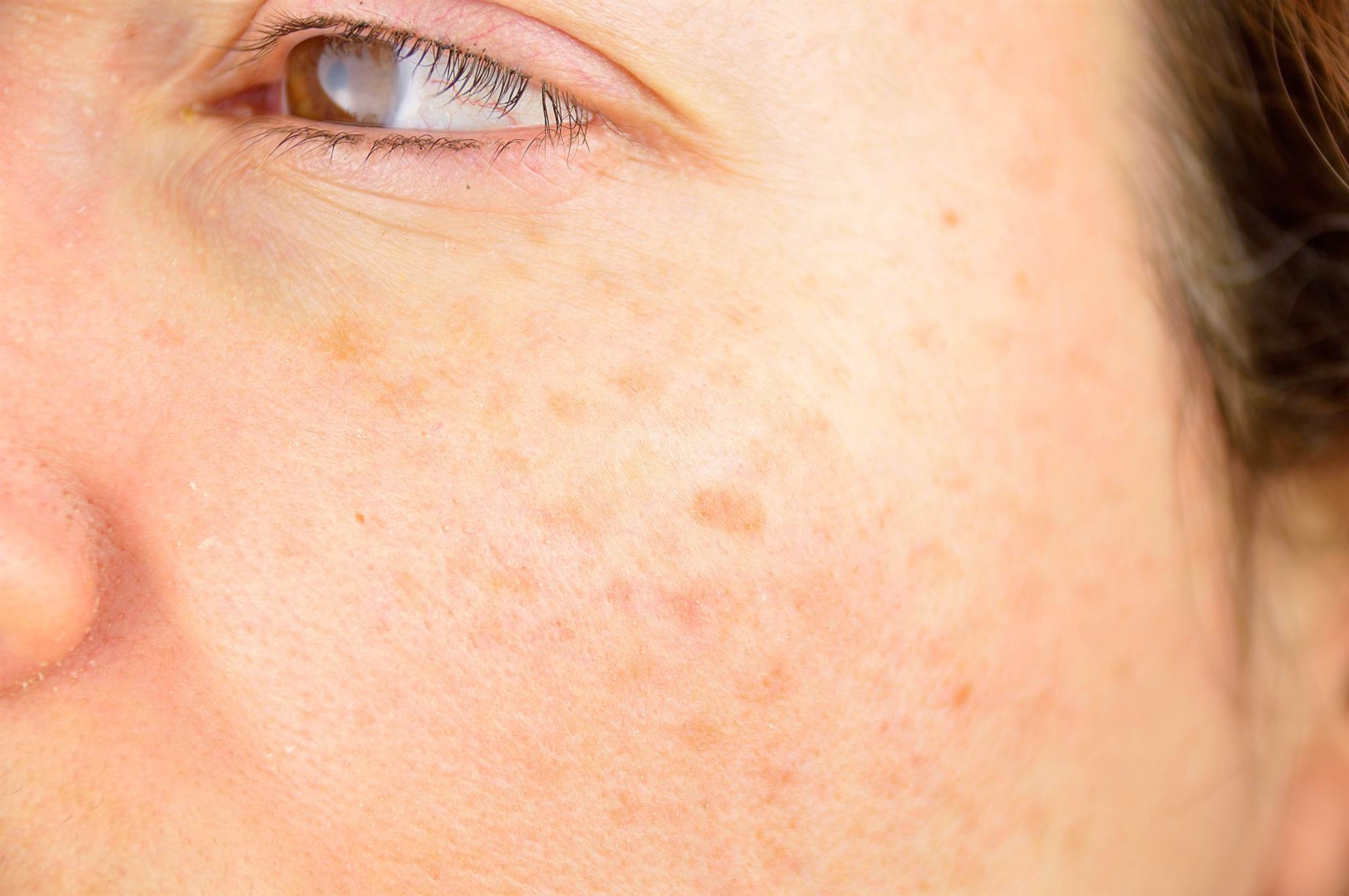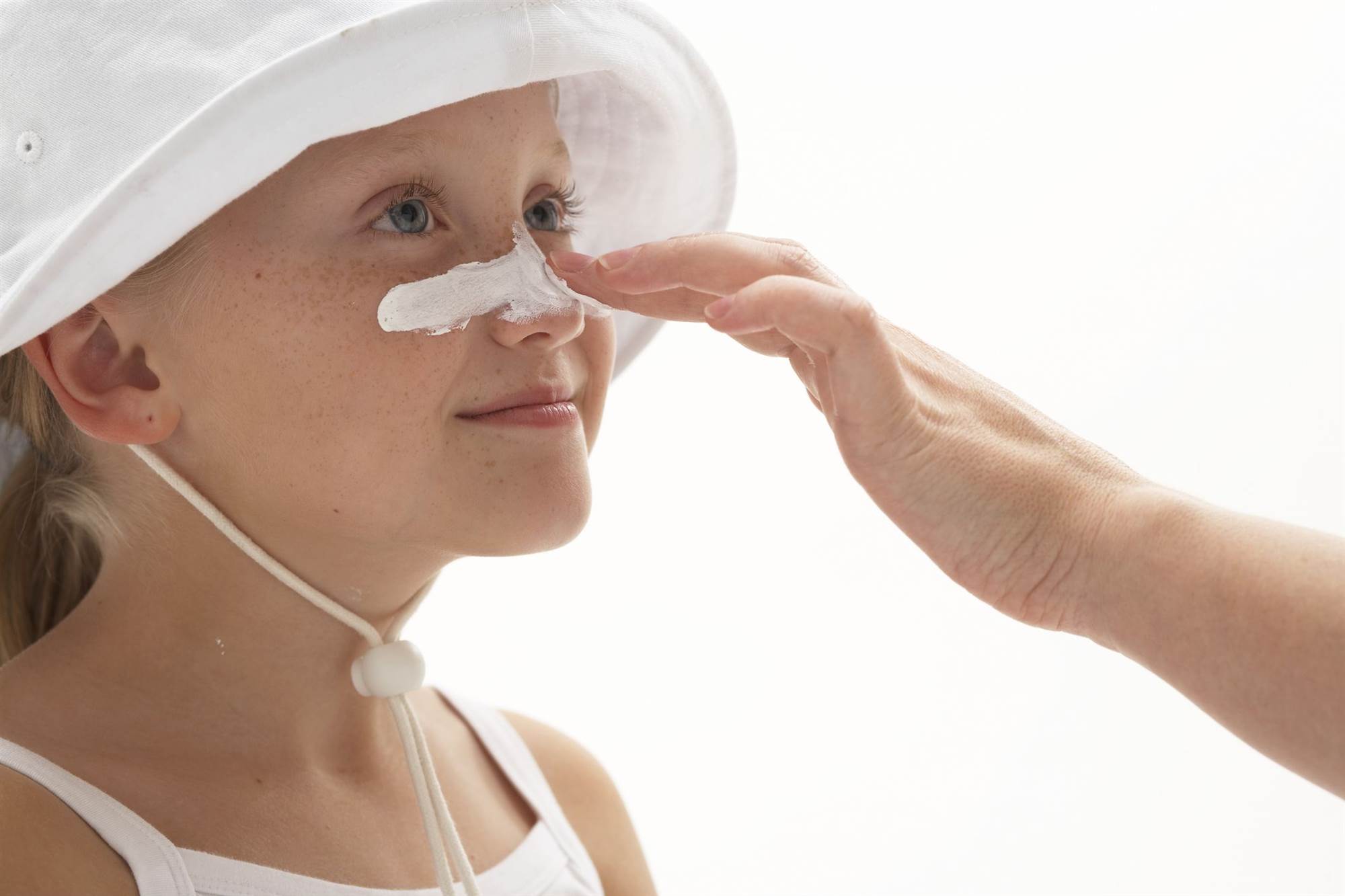It seems like such a straightforward question: What is the best SPF level for sunscreen—15, 30, 50, or even higher? Thing is, the answer's actually a lot more complicated than you might guess.
First problem: Human error. "Most people don't put on enough sunscreen to get the full SPF listed on the label," says dermatologist Dr Adam Friedman. So while the listed SPF is 30 or 50, chances are, you only end up getting about half that level of protection.
To get all the sun-blocking power your sunscreen promises, you need to apply roughly a shot glass's worth to your whole body, Friedman says. "You don't have to look like you're wearing a white mask, but you should be spreading a good amount on to ensure proper coverage." If you're at the beach on vacation, you should be going through a full bottle of sunscreen every two or three days, he says.
Also, it's best to stick with actual lotion-based sunscreens—not aerosolised sprays. "The sprays are notorious for not providing the SPF number listed on the label," says dermatologist Dr Samantha Conrad. "Most of the sunscreen is being blown away, so it's not very effective in terms of protection."
Assuming you're spreading on a lotion—and in adequate amounts to actually get the labelled sun protection factor—you can feel good buying SPF 30, Conrad and Friedman agree. "SPF 30 blocks 97 percent of ultraviolet light, while SPF 50 blocks 98.5 percent," Friedman explains. So yeah, that's pretty darn close.
The higher the SPF, the greasier the sunscreen may feel on your skin, adds Conrad. "The active ingredients in chemical sunscreens are by their nature very oily and greasy, which most people don't like," she says. "So from a compliance standpoint, people may be more likely to actually apply and reapply 30."
Dermatologist Dr Shannon Trotter also supports the SPF-30 pick. Just don't forget to hit your lips, she says. "Skin cancer on the lips can be difficult to treat and can be more aggressive," she explains. Keep reading for more need-to-know info about proper sun protection.



©Getty Images
Always buy broad spectrum sunscreen
While UVB rays are the type that cause redness and sunburns, UVA rays may cause even more damage - the type deep in your skin that may fuel cancers and ugly age spots, Friedman explains.
To get protection from both UVA and UVB rays, you need a "broad spectrum" sunscreen, he says. Just check the label for that exact phrase, which is regulated.
Also, you need to apply that broad spectrum sunscreen even on cloudy days. "Clouds don't block UVA rays, so your skin is still being damaged even if you're not burning," Friedman says. "There's no way to feel or see UVA damage."
©Getty Images
Consider physical sunscreens
There are two overriding types of sunscreen: chemical and physical.
"Chemical-based sunscreens absorb UV light and turn it into heat that comes off the skin," Conrad explains. "Physical sunscreens contain tiny bits of metal or minerals that actually reflect the light." Physical sunscreens (which, thanks to their lack of chemicals, are often marketed as natural sunscreens) typically use zinc oxide and/or titanium dioxide to block out the sun, and while both are effective, they have some key differences. For one thing, chemical sunscreens need a little time - 15 to 30 minutes - to "set up shop" and start protecting your hide from UV light, Conrad explains. "Physical sunscreens start working immediately," she explains. Your skin will burn in just 10 minutes if exposed to bright, direct sunlight, so it's helpful to get that immediate protection if you're not the type to plan ahead.
©Getty Images
Reapply, reapply, reapply
This is another guideline most people ignore, Friedman says. "You need to reapply at minimum every two hours to get adequate protection," he says. Also, always reapply if you've been swimming, sweating, or wiping your skin with a towels.
Your lips may need more frequent sunscreen re-application. "They're more delicate than normal skin, and don't have the same photo-protective elements," he says. If you're eating, drinking, or licking your lips, you need to put more sunscreen on them.
©Getty Images
Sometimes, sunscreen isn’t enough
"Sunscreens are good, but if you're outside in peak sun in the middle of the day, you're not going to be totally protected," Conrad says. "Sunscreens just aren't that good."
Both she and Friedman recommend staying out of the sun during the middle of the day, when the sun's rays are strongest.
Both also recommend sun-protective clothing, hats, and umbrellas - anything you can put between your skin and the sun.









.png&h=193&w=250&c=1&s=1)
